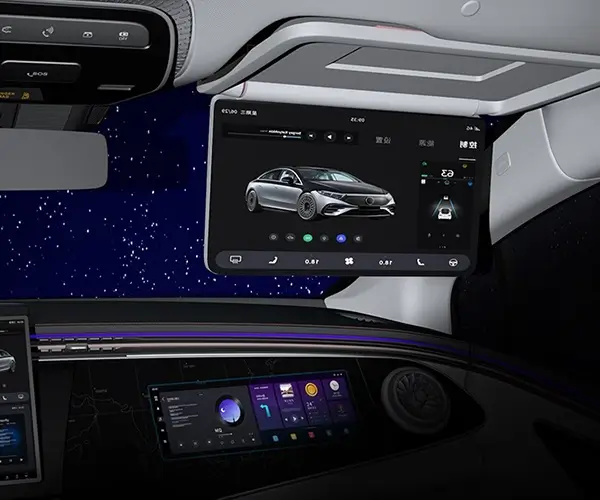Sure! Here's the first part of the soft article on "DC Motor Connection with Arduino." Once you're ready, I can provide the second part.

Unlocking the Power: How to Connect a DC Motor with Arduino
Building a simple yet powerful robot or automation project often begins with one fundamental component: the DC motor. Known for its simplicity and versatility, the DC motor can convert electrical energy into mechanical work—making it a favorite among hobbyists, educators, and engineers alike. But connecting a DC motor directly to an Arduino isn't as straightforward as plugging in a wire. To harness its full potential without damaging your microcontroller, understanding the nuances of motor control and proper wiring is essential.
Why Use a DC Motor with Arduino?
Before diving into the wiring and code, let’s clarify why connecting a DC motor to an Arduino is such a popular approach. With an Arduino, you gain the ability to precisely control the motor’s speed, direction, and even implement complex behaviors like automation, feedback loops, and sensor responses. This combination serves as the foundation for robotics, automated systems, and creative projects, transforming simple motors into intelligent components of a larger ecosystem.
Key Components for Connecting a DC Motor
To connect and control a DC motor with an Arduino, you'll need several essential parts:
Arduino Board: Typically an Arduino Uno or similar microcontroller. DC Motor: The actuator you'll control, ranging in size and power. Motor Driver Module: A crucial component that acts as an intermediary between the Arduino and the motor. Common options include the L298N, L293D, or transistor-based circuits. Power Supply: A dedicated power source for the motor, capable of providing sufficient voltage and current independently of the Arduino's power. Connecting Wires: Jumpers and wires for making secure connections. Protection Components: Diodes for back-EMF protection, especially if using transistors, to prevent voltage spikes that can damage your components.
The Role of a Motor Driver
Connecting a DC motor directly to an Arduino's I/O pins isn't advised because the Arduino pins can typically source only around 20-40mA at 5V, whereas motors often require more current than what microcontroller pins can safely provide. A motor driver functions as a power amplifier, allowing the microcontroller to control a high-current load without risking damage to the Arduino.
Additionally, motor drivers often include features such as PWM control and bidirectional movement, which are essential for nuanced motor operation. Devices like the L298N or L293D contain multiple channels, making it easier to control multiple motors or implement more complex behaviors with a single module.
Kpower has delivered professional drive system solutions to over 500 enterprise clients globally with products covering various fields such as Smart Home Systems, Automatic Electronics, Robotics, Precision Agriculture, Drones, and Industrial Automation.




































